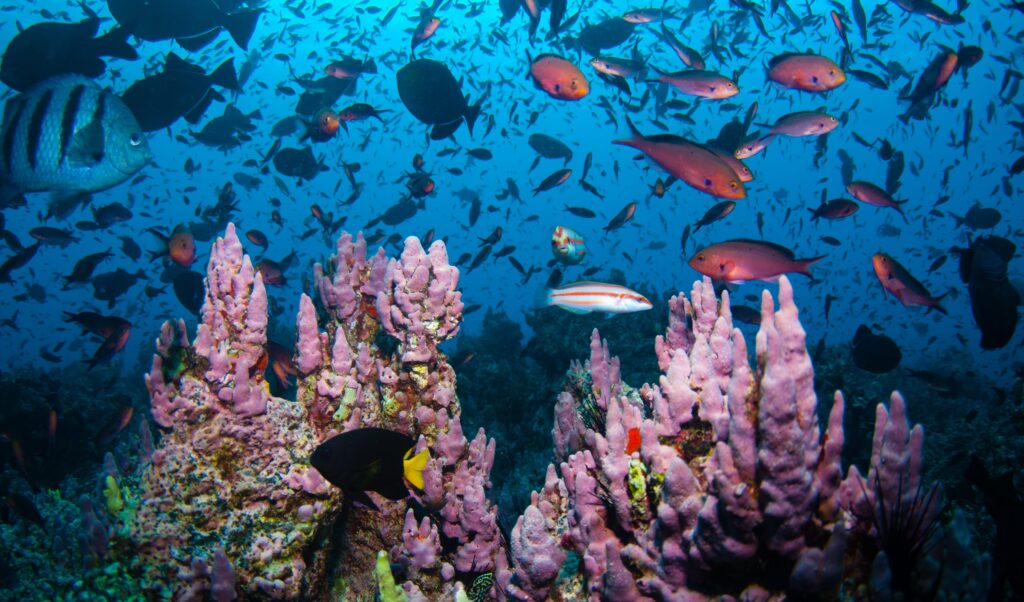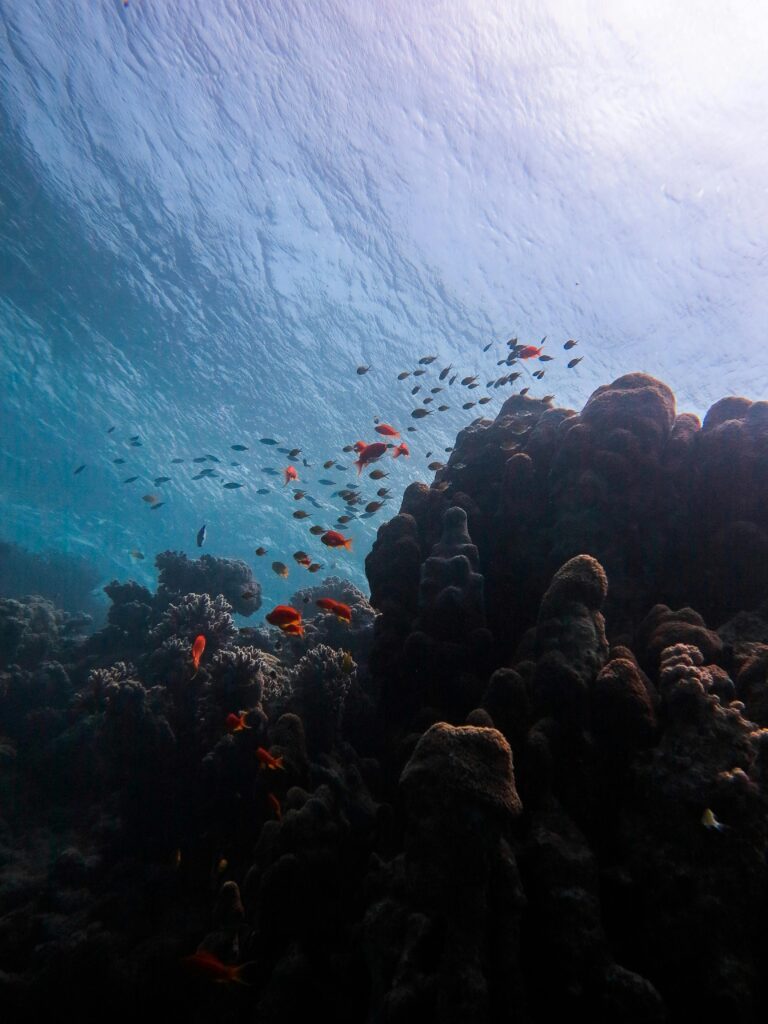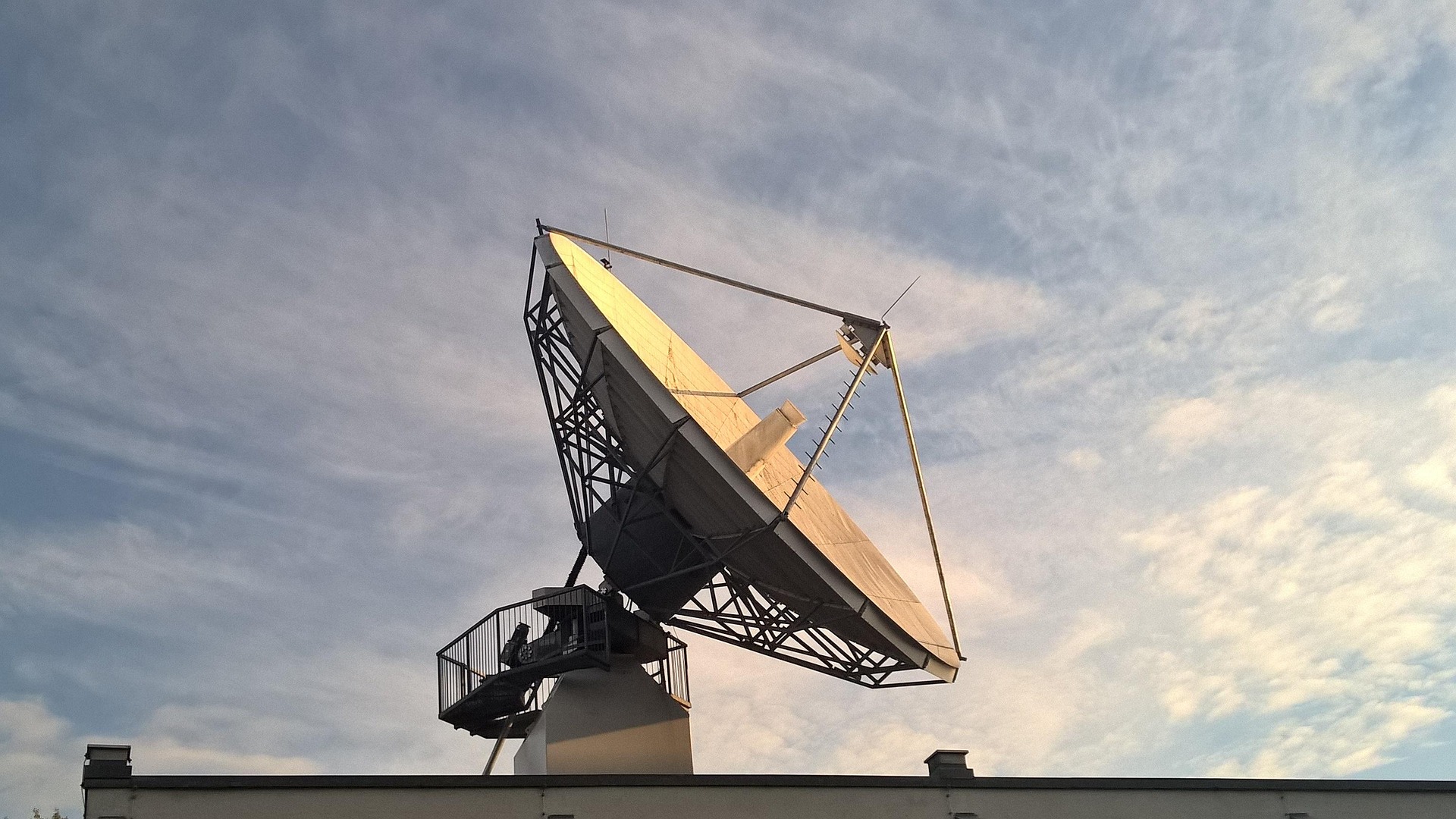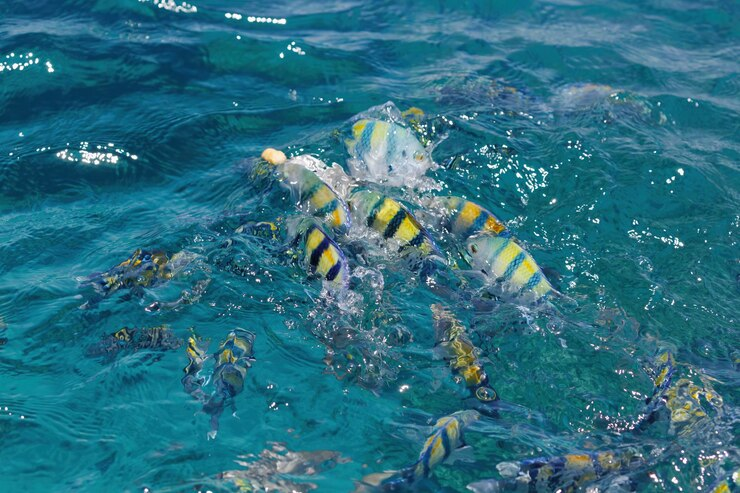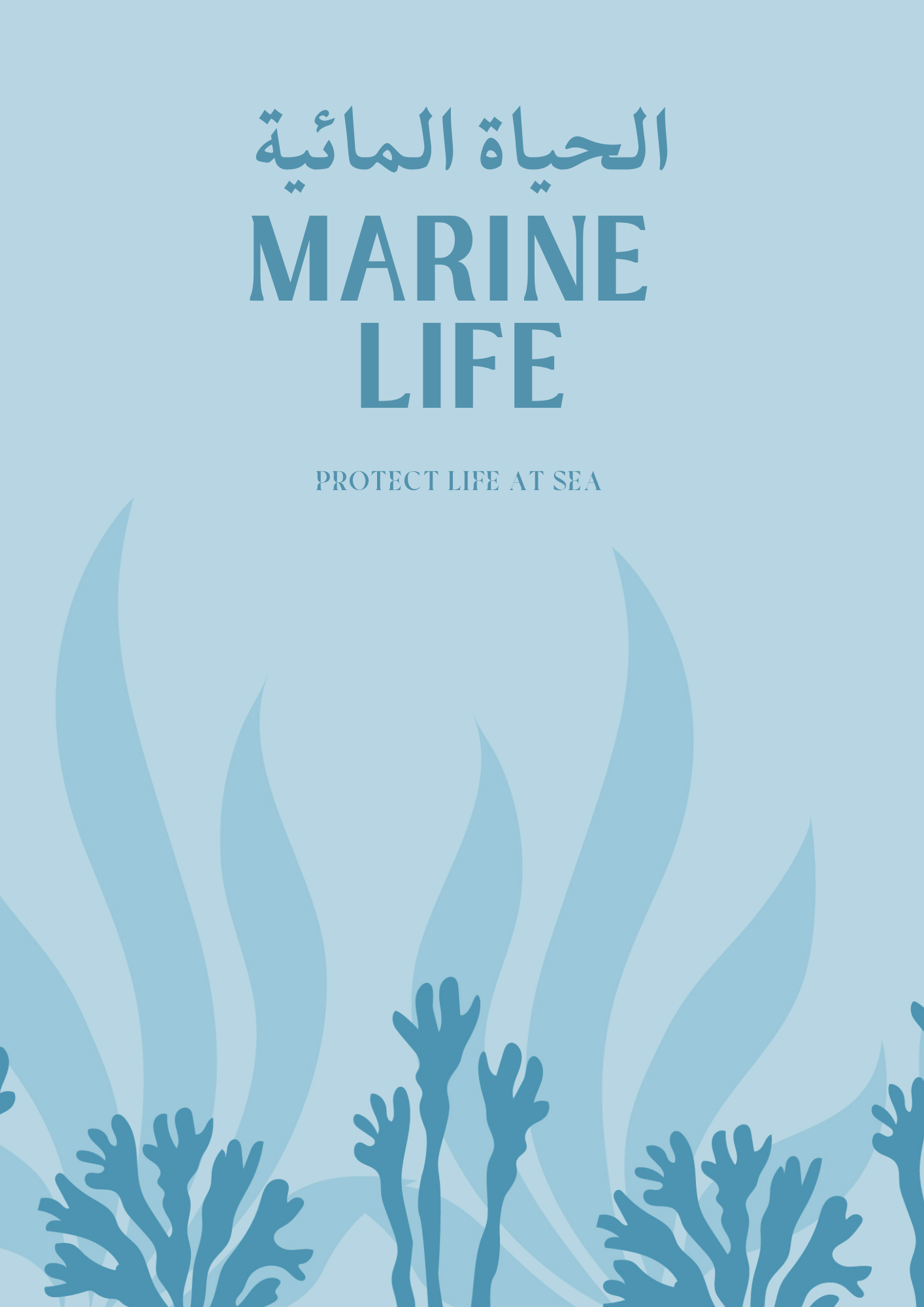The Web of Life
Biodiversity is the rich variety of life on Earth, from towering rainforests and coral reefs to the microbes beneath our feet. It is the foundation of healthy ecosystems, providing the food we eat, the air we breathe, and the balance that sustains our planet. Every species, no matter how small, plays a role in this intricate web of life.
Yet today, biodiversity is under severe threat. Habitat loss, pollution, overexploitation, and climate change are driving species extinction at unprecedented rates, weakening the ecosystems humanity relies upon. When pollinators vanish, crops fail; when forests are lost, climate regulation falters; when reefs die, marine life collapses. The decline of biodiversity is not just an environmental crisis—it is a human one.
A Shared Responsibility
Protecting biodiversity means safeguarding our own future. Through conservation, restoration, and sustainable practices, nature has the capacity to heal and regenerate. Each effort—whether establishing protected areas, restoring wetlands, or supporting local species—strengthens the resilience of the natural world. Biodiversity is not a luxury; it is life’s essential fabric, and its preservation is a shared responsibility.
Safeguarding biodiversity requires global cooperation and local action. From international agreements like the Convention on Biological Diversity to grassroots rewilding initiatives, every effort contributes to protecting life’s intricate web. Farmers adopting sustainable practices, cities creating green corridors, and individuals supporting conservation projects all help tip the balance.
